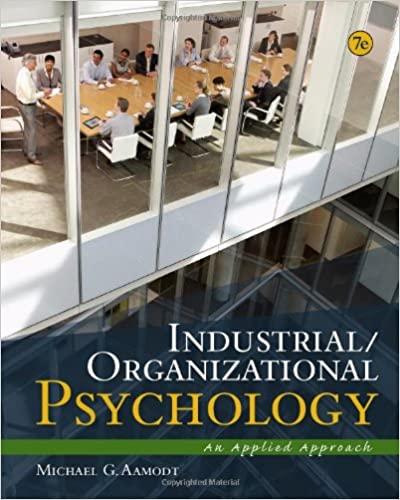Prepare a bank reconciliation dated December 31, 2017, for Welcome Inc. based on the following information. Balance per bank statement is $21,200.68. Balance per books is $20,559.40. The December bank statement indicated a service charge of $35. Cheque #1169 for $410.50 and cheque #1183 for $2,150.00 were outstanding. The bank had not received a deposit in transit of $3,443.22 when the bank statement was generated. A bank debit memo indicated an NSF cheque written by Bill Broke to Welcome Inc. on December 11, 2014, for $169. A bank credit memo indicated a bank collection of $1,700 and interest revenue of $28 on December 15, 2014. Question 3 (18 marks) Solei Company, a small merchandising company located in Surrey just hired you as a junior accountant to update their accounting records as a previous accountant unexpectedly left the company. Solei asked you to prepare journal entries for each of the following transactions that have not been recorded in the accounting books. Assume a perpetual merchandise inventory system. March 15: Purchased 220 units of merchandise inventory at $3 per unit. The seller offered a cash discount of 1.5/7, n/30. March 17: Returned 17 defective units and received full credit. March 20: Paid the amount in full, less the returned items. March 21: Sold 55 units of merchandise for $8 per unit and granted Alola, the customer terms 1/10, n/21 March 23: Alola Company returned 5 units and was granted a credit March 30: Received payment from Alola. On March 1, 2019, an equipment costing $130,000 with a four year service life and an estimated $1,000 residual value was purchased. It was also estimated that the equipment would produce 45,000 units during its life. The actual units produced during its first 2 years of operation were 17,000 and 18,000 respectively. Required: a. Calculate the amount of depreciation expense for calendar years 2019 and 2020 in the table provided. The company uses the straight-line method of depreciation. b. Make a journal entry for 2019 c. What is the net book value at the end of 2019 d. If you were a new accountant in a company and you were asked to determine how best to depreciate a new equipment they just bought, how would you determine the best method? What information would be useful to you in determining the best method? Date Depreciation expense Accumulated Depreciation Net Book Value Expense Jordan Singh began an engineering design company and during the month of October completed these transactions:(a) Began business by investing cash, $11,000, and computer equipment with a fair value of $3,000. (b) Paid rent for one year in advance, $3,000. (C) Completed a beam design and billed the client for $3,000. (d) Paid the utilities bill for the month, $100. (e) The owner, Jordan withdrew $1,000 from the business account. Prepare journal entries to record the above transactions. Include a brief description for each entry. Date Accounts Debit Credit Kaya Company prepared the following random list of assets, liabilities, revenues, and expenses from its December 31, 2019 accounting records. The beginning balance of Capital as of January 1, 2019, was $43,100 and the owner, Kaya Strong withdrew 14,600 during the year. Prepare the balance sheet for Kaya Company as of December 31, 2019. Accounts receivable $15,700 Service revenue $50,500 Interest expense 4,900 Cash 97,500 Supplies 1,500 Note payable 17,000 Accounts payable 106,100 Salary expense 18,000 Utilities expense 5,200 Interest payable 1,600 Furniture 18,000 Rent expense 9,400 Salary payable 2,400 Automobiles 12,900 Land 23,000











